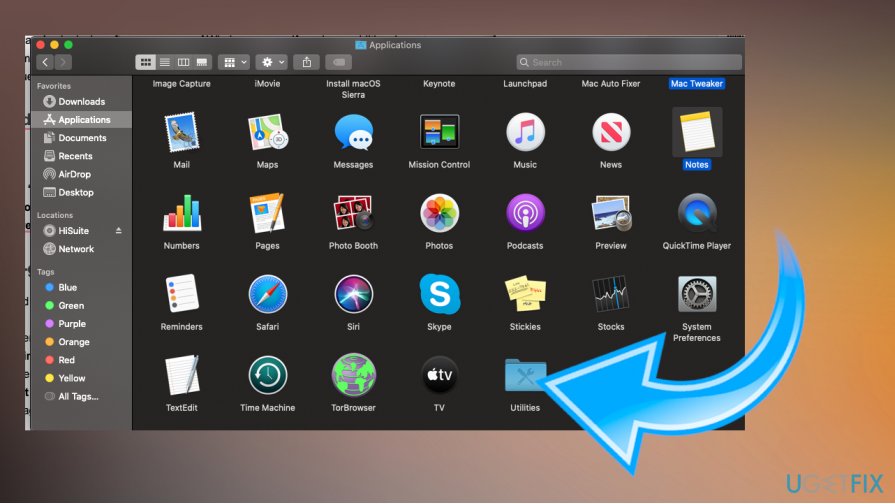
- Sudo apt uninstall how to#
- Sudo apt uninstall install#
- Sudo apt uninstall free#
- Sudo apt uninstall windows#
I often end up having about a dozen different versions on the same machine, in case I want to reproduce some results from way back then. That’s less than the trajectories of an intro-level tutorial. If later you want to delete a specific version, everything is contained in a single directory which can be deleted.Ī single version of GROMACS for me (both mixed and double precision in the same directory) takes up about 55 MB. Or $ source ~/local/gromacs-2022.2/bin/GMXRC Then you just need to source the GMXRC file for the version of your choice and you are off to the races: $ source /usr/local/gromacs-2022.2/bin/GMXRC This way each version of GROMACS will end up in it’s own subdirectory of either /usr/local/ where it can be accessed from any user of the machine (shared system) or under ~/.local/ when you are the only user of the system.

DCMAKE_INSTALL_PREFIX=/usr/local/gromacs-2022.2
Sudo apt uninstall free#
Alternatively, avoid the need for install/uninstall in the future by trying MongoDB Atlas free today.I can only recommend to make your life much easier in the future by configuring (and later compiling and installing) future versions of GROMACS with e.g.:
Sudo apt uninstall windows#
You can reinstall MongoDB on Windows from the official MongoDB documentation page. Whichever way you use for uninstalling MongoDB on Windows, make sure to restart your machine for the changes to reflect.
Sudo apt uninstall install#
To install a newer MongoDB version, visit Install MongoDB on Mac. Zsh: no matches found: /usr/local/bin/mongo* To check if the uninstall was properly done, check if any MongoDB files are still present: ls -al /usr/local/bin/mongo* Remove database files: rm -rf /usr/local/var/mongodb If you installed MongoDB manually (without Homebrew), then use: rm -rf If you had installed MongoDB using brew, uninstall MongoDB with the below command: brew uninstall mongodb-community Kill the mongod process, if it exists: pkill -f mongod

If you had installed MongoDB using Homebrew, unload mongodb: launchctl unload ~/Library/LaunchAgents/ To completely delete any version of MongoDB from Mac, follow the below steps on the terminal:Ĭheck if any mongo service is running: launchctl list | grep mongo

You must have sudo access, i.e., a superuser. All of this should be done from the terminal.

To uninstall MongoDB from Linux, you have to stop the daemon process, and remove the MongoDB applications, configuration files, data files, and log files.
Sudo apt uninstall how to#
How to uninstall MongoDB from Ubuntu Linux


 0 kommentar(er)
0 kommentar(er)
